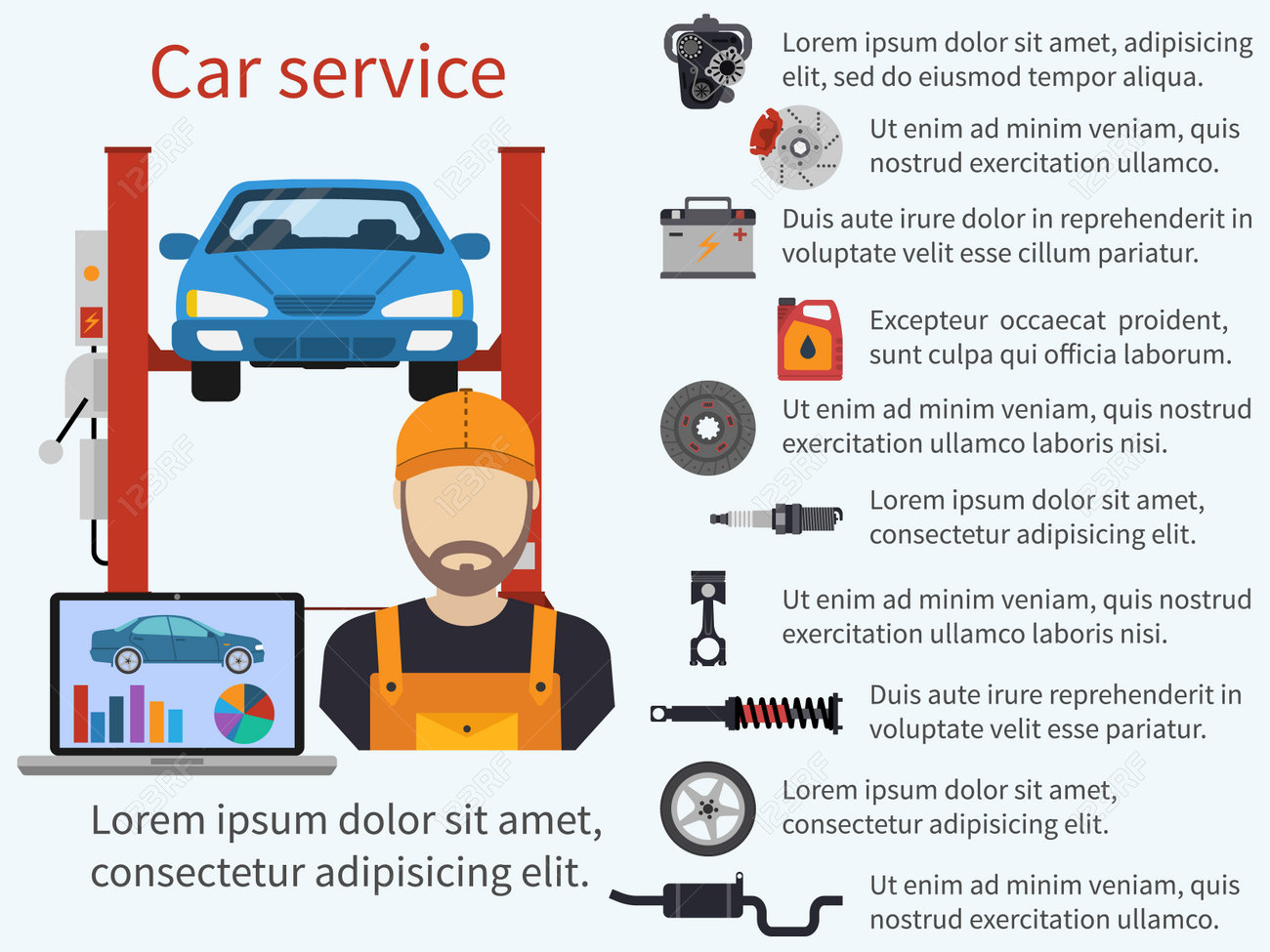Recognizing Your Vehicle'S Warning Lighting: What Do They Really Mean?
Recognizing Your Vehicle'S Warning Lighting: What Do They Really Mean?
Blog Article
Content Develop By-Justesen Heath
When you lag the wheel, those beautiful warning lights on your dashboard can be a bit perplexing. Do you know what they're trying to inform you concerning your vehicle's health? Recognizing the relevance of these lights is important for your safety and the long life of your vehicle. So, the following time one of those lights turns up, wouldn't you wish to decipher its message precisely and take the necessary actions to address it?
Common Caution Lighting and Interpretations
Determine common caution lights in your car and understand their meanings to make certain safe driving.
The most normal warning lights consist of the check engine light, which signals concerns with the engine or discharges system. If this light begins, it's essential to have your automobile inspected promptly.
The oil stress advising light indicates reduced oil stress, needing instant interest to stop engine damages.
A blinking battery light might recommend a defective charging system, possibly leaving you stranded if not addressed.
The tire stress surveillance system (TPMS) light alerts you to reduced tire pressure, impacting car security and fuel efficiency. Neglecting this can cause hazardous driving conditions.
The abdominal light indicates a trouble with the anti-lock braking system, endangering your ability to stop quickly in emergencies.
Last but not least, the coolant temperature level cautioning light warns of engine getting too hot, which can result in serious damage otherwise solved promptly.
Comprehending these common warning lights will certainly aid you deal with problems immediately and maintain risk-free driving problems.
Relevance of Prompt Focus
Understanding the common warning lights in your cars and truck is only the very first step; the relevance of promptly resolving these warnings can't be stressed enough to guarantee your safety on the road.
When a caution light brightens on your control panel, it's your automobile's method of communicating a potential problem that requires focus. Overlooking these cautions can lead to more extreme issues down the road, jeopardizing your safety and security and possibly costing you extra in repairs.
Motivate attention to cautioning lights can protect against malfunctions and crashes. As an example, a blinking check engine light might show a misfire that, if left ignored, could create damages to the catalytic converter. Addressing this quickly can conserve you from a pricey repair.
Similarly, a brake system cautioning light may indicate reduced brake fluid or used brake pads, important components for your safety and security when driving.
Do It Yourself Troubleshooting Tips
If you notice a warning light on your control panel, there are a few do it yourself fixing suggestions you can try prior to looking for professional aid.
The first step is to consult your auto's manual to understand what the details warning light suggests. Often the problem can be as basic as a loosened gas cap activating the check engine light. Tightening the gas cap might settle the issue.
Another common problem is a reduced battery, which can set off numerous cautioning lights. Checking the battery links for rust and ensuring they're secure could take care of the issue.
If a caution light persists, you can try resetting it by separating the car's battery for a few minutes and then reconnecting it. Additionally, examining your automobile's fluid degrees, such as oil, coolant, and brake fluid, can help fix cautioning lights connected to these systems.
Conclusion
In conclusion, understanding your automobile's warning lights is vital for keeping your vehicle running smoothly and safely. By quickly resolving https://cristianojdxs.blog-gold.com/37233368/lift-the-hood-to-disclose-normal-brake-system-issues-and-their-services and knowing what they imply, you can stay clear of pricey fixings and potential failures.
https://kfor.com/automotive/spend-less-at-the-pump-with-these-fuel-saving-tips/ in mind to consult your vehicle's manual for particular details on each cautioning light and act as necessary to make certain a trouble-free driving experience.
Remain informed, stay safe on the road!
